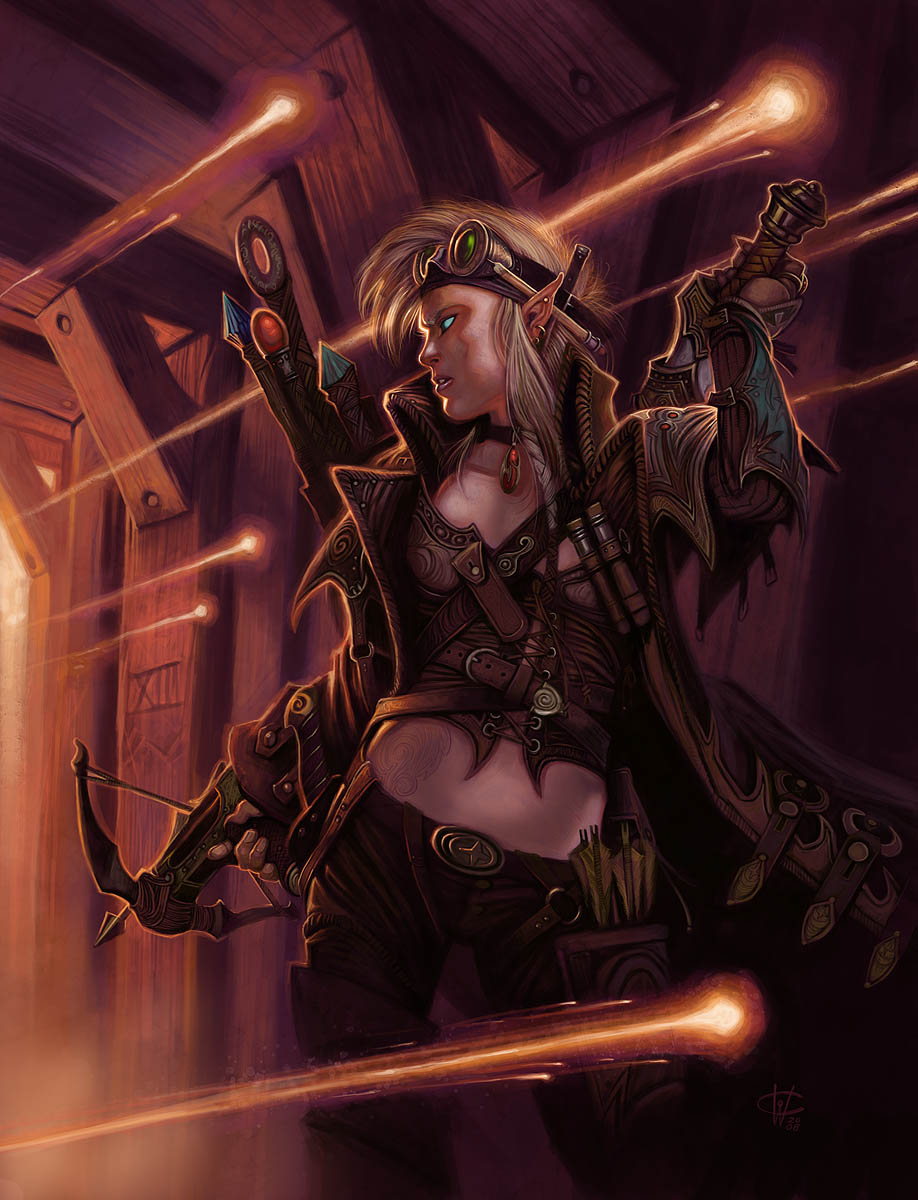

Assume the scroll spell’s caster level is always the minimum level required to cast the spell for the character who scribed the scroll (usually twice the spell’s level, minus 1), unless the caster specifically desires otherwise. A natural roll of 1 always fails, whatever the modifiers.ĭetermine Effect: A spell successfully activated from a scroll works exactly like a spell prepared and cast the normal way. If she fails, she must make a DC 5 Wisdom check to avoid a mishap (see Scroll Mishaps, below). If she meets all three requirements but her own caster level is lower than the scroll spell’s caster level, then she has to make a caster level check (DC = scroll’s caster level + 1) to cast the spell successfully. If the user meets all the requirements noted above, and her caster level is at least equal to the spell’s caster level, she can automatically activate the spell without a check. The user must have the requisite ability score. The user must have the spell on his or her class list. (The type of scroll a character creates is also determined by his or her class.) Arcane spellcasters (wizards, sorcerers, and bards) can only use scrolls containing arcane spells, and divine spellcasters (clerics, druids, paladins, and rangers) can only use scrolls containing divine spells. The spell must be of the correct type (arcane or divine). To have any chance of activating a scroll spell, the scroll user must meet the following requirements.

Using a scroll is like casting a spell for purposes of arcane spell failure chance. Activating a scroll spell is subject to disruption just as casting a normally prepared spell would be. In such a case, the scroll user must provide the item when activating the spell. (The creator of the scroll provided these when scribing the scroll.) Note that some spells are effective only when cast on an item or items. The character must be able to see and read the writing on the scroll.Īctivating a scroll spell requires no material components or focus. A character can decipher the writing on a scroll in advance so that he or she can proceed directly to the next step when the time comes to use the scroll.Īctivate the Spell: Activating a scroll requires reading the spell from the scroll. This requires a read magic spell or a successful Spellcraft check (DC 20 + spell level).ĭeciphering a scroll to determine its contents does not activate its magic unless it is a specially prepared cursed scroll. Doing so involves several steps and conditions.ĭecipher the Writing: The writing on a scroll must be deciphered before a character can use it or know exactly what spell it contains. The symbols often hide magic traps.Īctivation: To activate a scroll, a spellcaster must read the spell written on it. Most scroll cases are inscribed with magic symbols which often identify the owner or the spells stored on the scrolls inside. (This also helps the user unroll the scroll quickly.) The scroll is placed in a tube of ivory, jade, leather, metal, or wood. To protect it from wrinkling or tearing, a scroll is rolled up from both ends to form a double cylinder. A scroll has AC 9, 1 hit point, hardness 0, and a break DC of 8. Scrolls that hold three or more spells are usually fitted with reinforcing rods at each end rather than simple strips of leather. A scroll holding more than one spell has the same width (about 8 1/2 inches) but is an extra foot or so long for each extra spell. The sheet is reinforced at the top and bottom with strips of leather slightly longer than the sheet is wide. An area about 8 1/2 inches wide and 11 inches long is sufficient to hold one spell. Physical Description: A scroll is a heavy sheet of fine vellum or high-quality paper. Using a scroll is basically like casting a spell. The writing vanishes from the scroll when the spell is activated. A spell on a scroll can be used only once. A scroll is a spell (or collection of spells) that has been stored in written form.


 0 kommentar(er)
0 kommentar(er)
